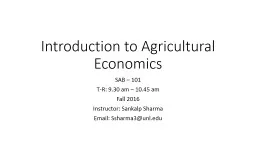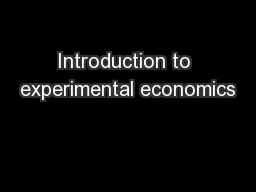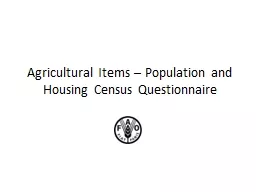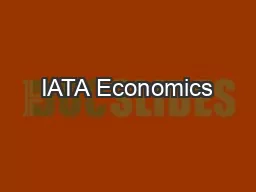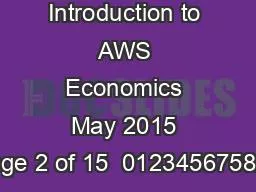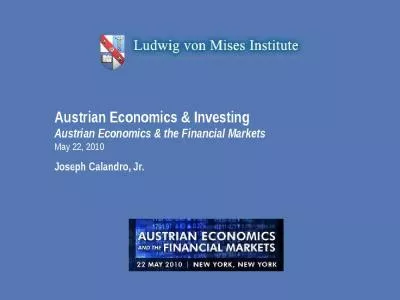PPT-Introduction to Agricultural Economics
Author : verticalbikers | Published Date : 2020-06-17
SAB 101 TR 930 am 1045 am Fall 2016 Instructor Sankalp Sharma Email Ssharma3unledu Who am I A word on my teaching philosophy About this class In class expectation
Presentation Embed Code
Download Presentation
Download Presentation The PPT/PDF document "Introduction to Agricultural Economics" is the property of its rightful owner. Permission is granted to download and print the materials on this website for personal, non-commercial use only, and to display it on your personal computer provided you do not modify the materials and that you retain all copyright notices contained in the materials. By downloading content from our website, you accept the terms of this agreement.
Introduction to Agricultural Economics: Transcript
Download Rules Of Document
"Introduction to Agricultural Economics"The content belongs to its owner. You may download and print it for personal use, without modification, and keep all copyright notices. By downloading, you agree to these terms.
Related Documents

